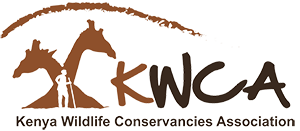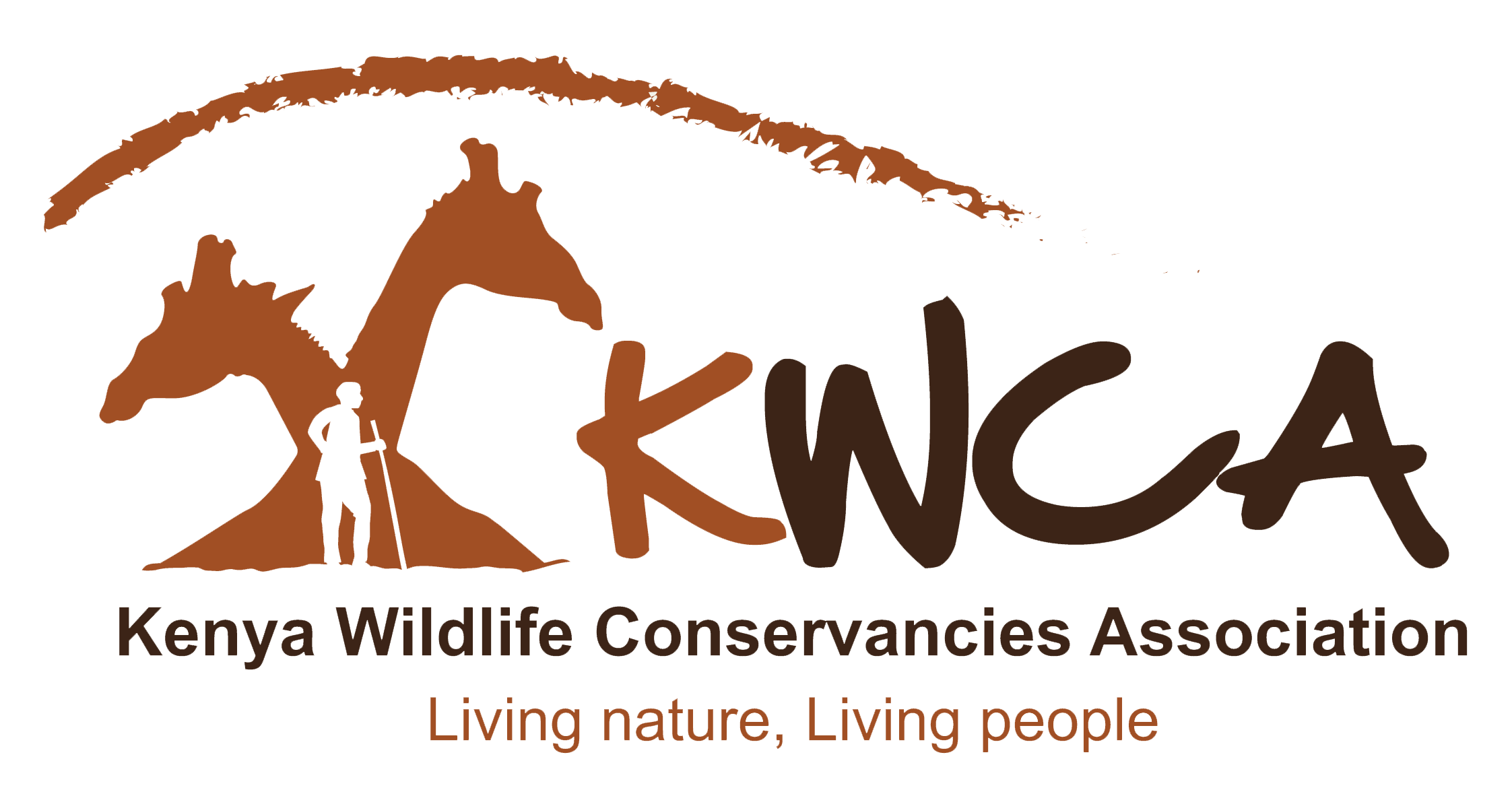OPED: Invest more in complementary conservation
This opinion article co-authored by Dickson Kaelo CEO KWCA and Northern Rangelands Trust (NRT) CEO Tom Lalampaa was first published by the Daily Nation on June 5th 2020.
Here’s a quiz for World Environment Day today: Where in Kenya do most people earn their daily bread from tourism while still living in their home area? Where do the businesses of the future — which protect rather than damage environments — thrive the most? Where is that success driven by nature, including our largest populations of wildlife?
The answer is in the little-understood 166 tracts of land dotting all corners of the country: Conservancies. We who live there are unsung heroes, though protecting some of Kenya’s most important environments while managing our livestock and sustaining our cultures. But their economic and ecological importance is increasingly being recognised.
President Kenyatta has acknowledged that the local people are the first line of defence against the illegal wildlife trade, assigning conservancies Sh1 billion for rangers in his Eight-Point Economic Stimulus Programme against the impact of Covid-19.
Conservancies are lands whose owners, whether private citizens or communities, act to protect the environment and wildlife in ways that also improve and diversify their livelihoods. They’ve been around since the 1970s, when the first non-state protected areas were created. They cover 11 per cent of the country, their land is almost exclusively Kenyan-owned and they bring socioeconomic benefits to more than five million Kenyans.
What underpins their livelihoods is the pastoral lifestyle, natural landscapes and wildlife. Two in every three wild animals in Kenya lives outside the national parks and reserves, many in conservancies.
Wildlife is the key asset in the lucrative business of tourism. It was the main attraction for the two million visitors to Kenya last year, bringing in Sh164 billion and one in 12 jobs nationwide. Wild species also drive the natural processes that provide us with clean water and air, pollinators and medicines. All these need protecting.
The Wildlife and Conservation Management Act 2013 established the Wildlife Conservation Trust Fund. Its goal is a dependable, independent, long-term finance for conservation for the benefit of people and the planet.
Our two organisations have long advocated for this fund, with close support from a partner we share, The Nature Conservancy, which brought specialised expertise in designing legally robust finance mechanisms with strong governance, representation and transparency.
The fund gathers private investment, donor money, proceeds from new financial mechanisms, like debt conversions or carbon offsets, and government appropriations. It pays to protect endangered species, habitats and ecosystems, support wildlife security operations and facilitate community-based initiatives.
Crucially, it supports the complementary conservation activities in both State-run protected areas and conservancies. Protecting Kenya’s natural assets and wildlife and coordinating conservation activities is the responsibility of the Kenya Wildlife Service and the national government. But many more of us are helping with our share too. It’s a job for every Kenyan and friend of Kenya.
Today, we ask only that the next step is taken decisively and swiftly to invest in the Wildlife Conservation Trust Fund.


